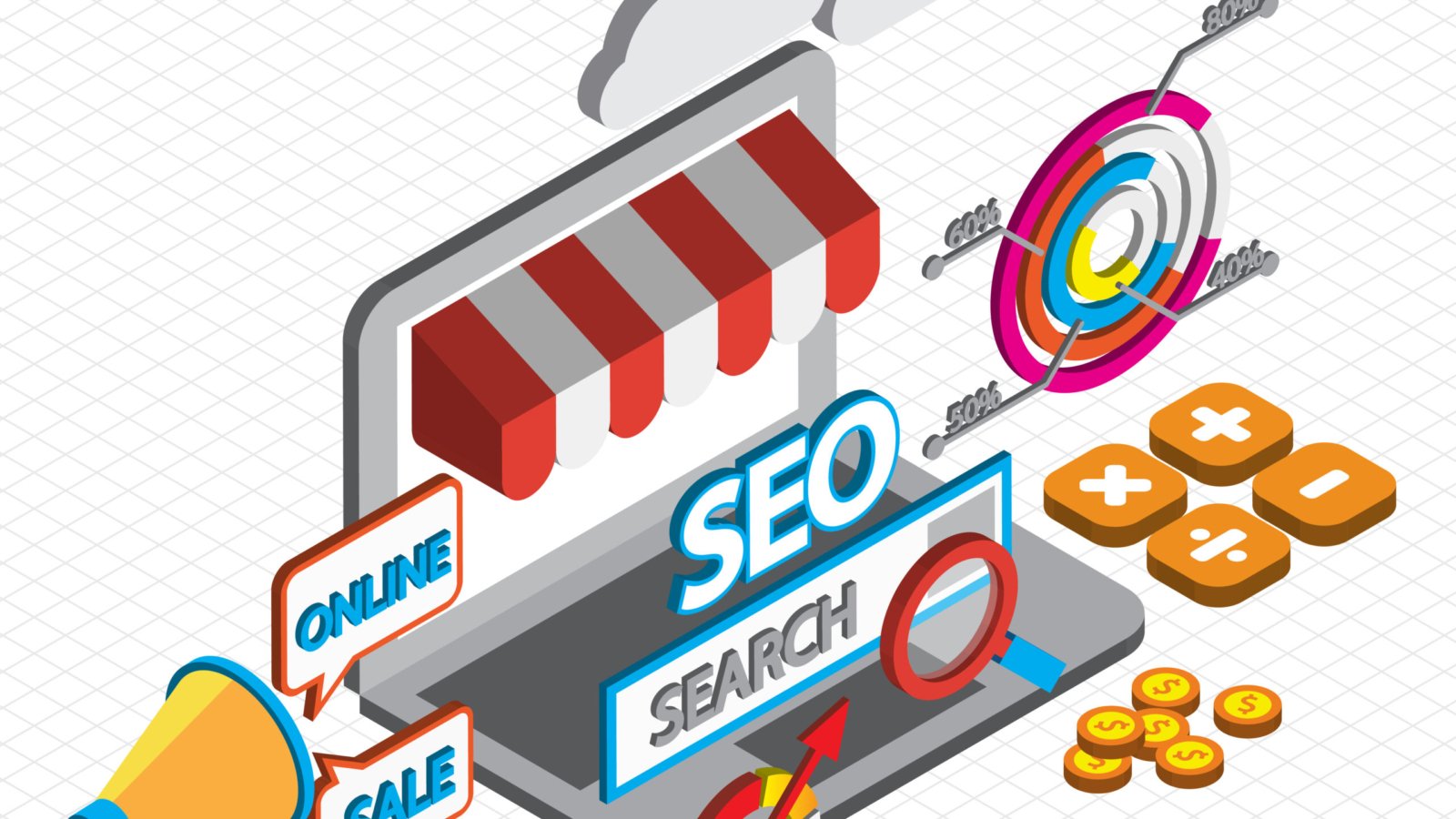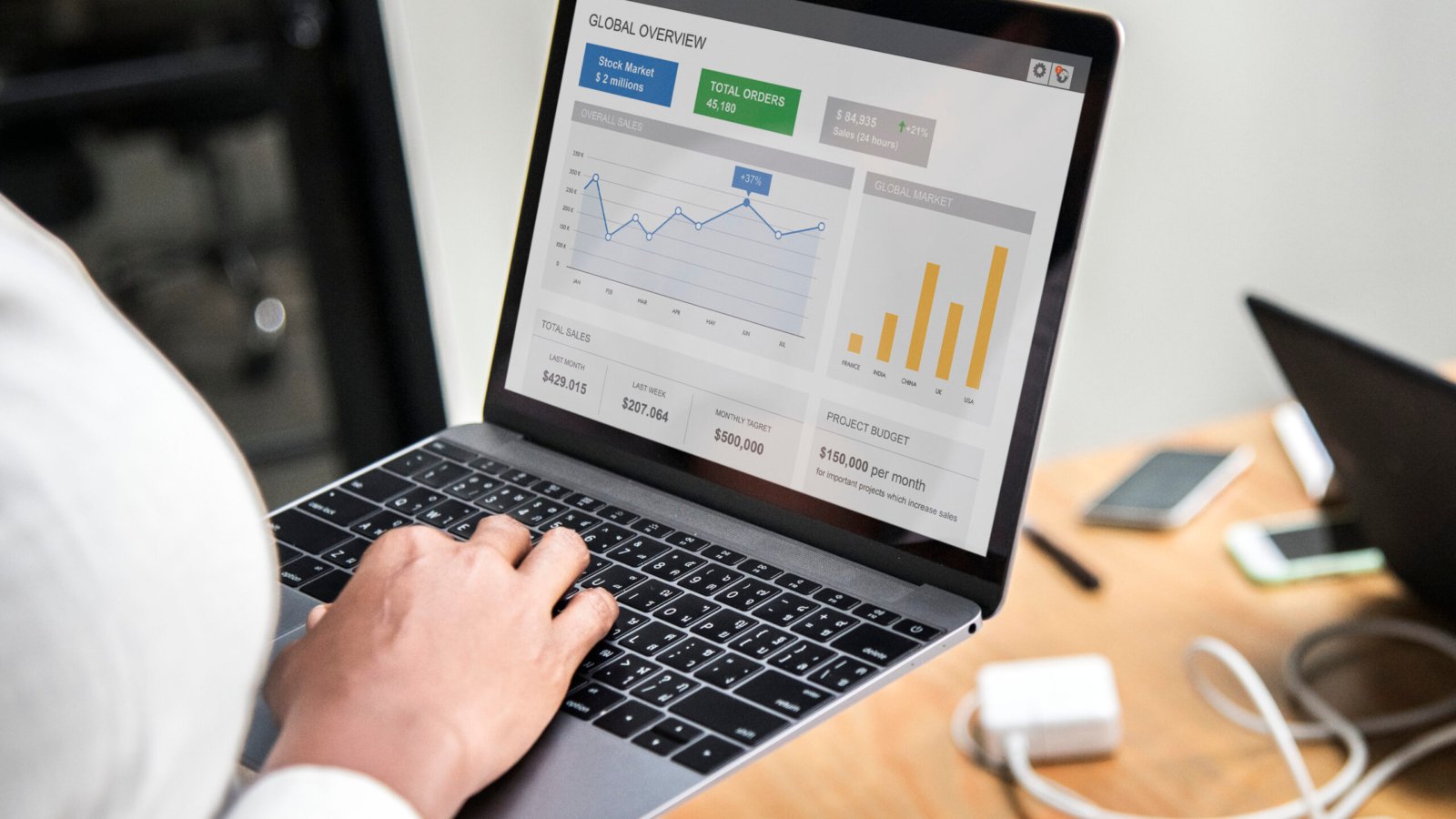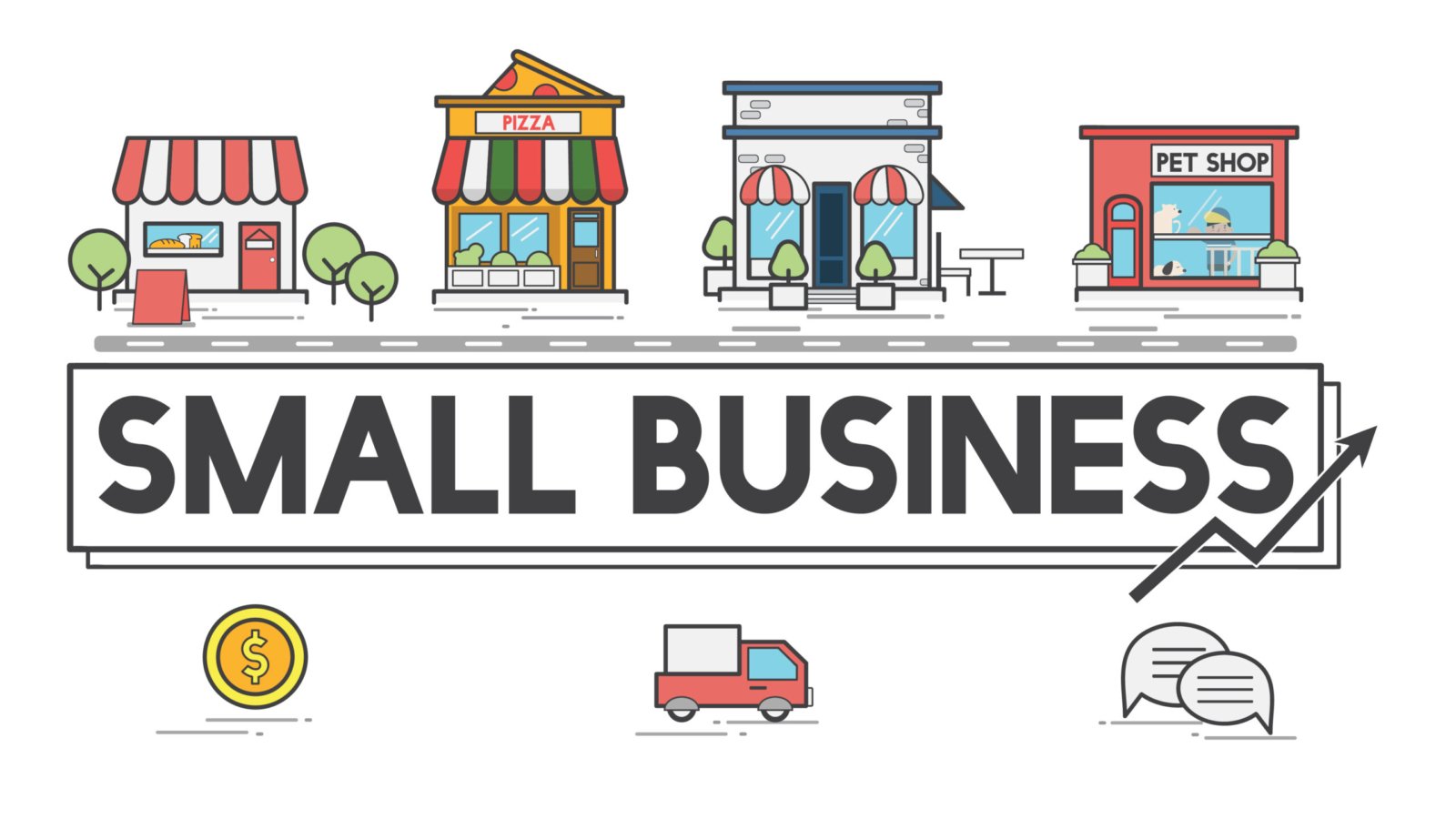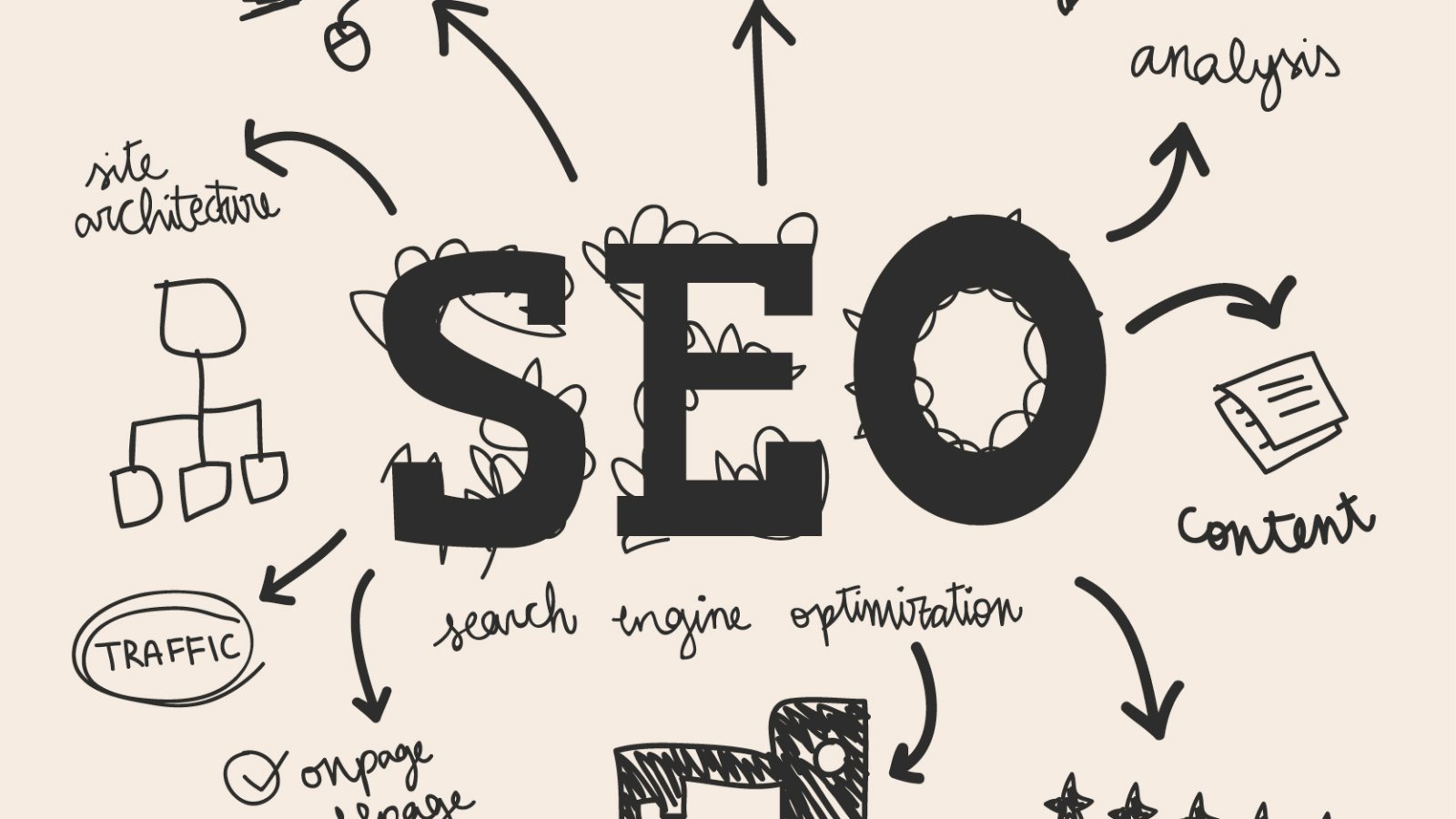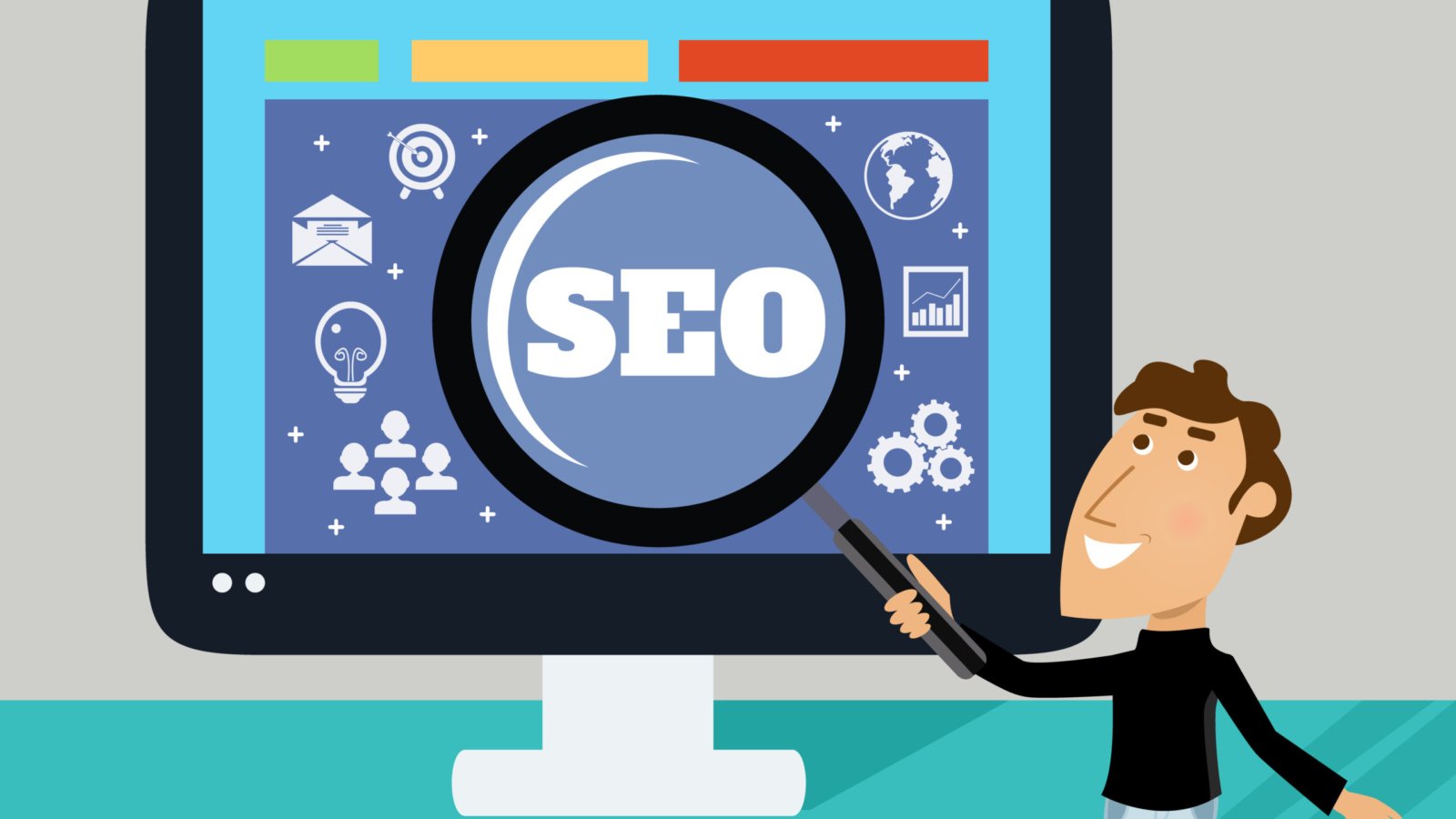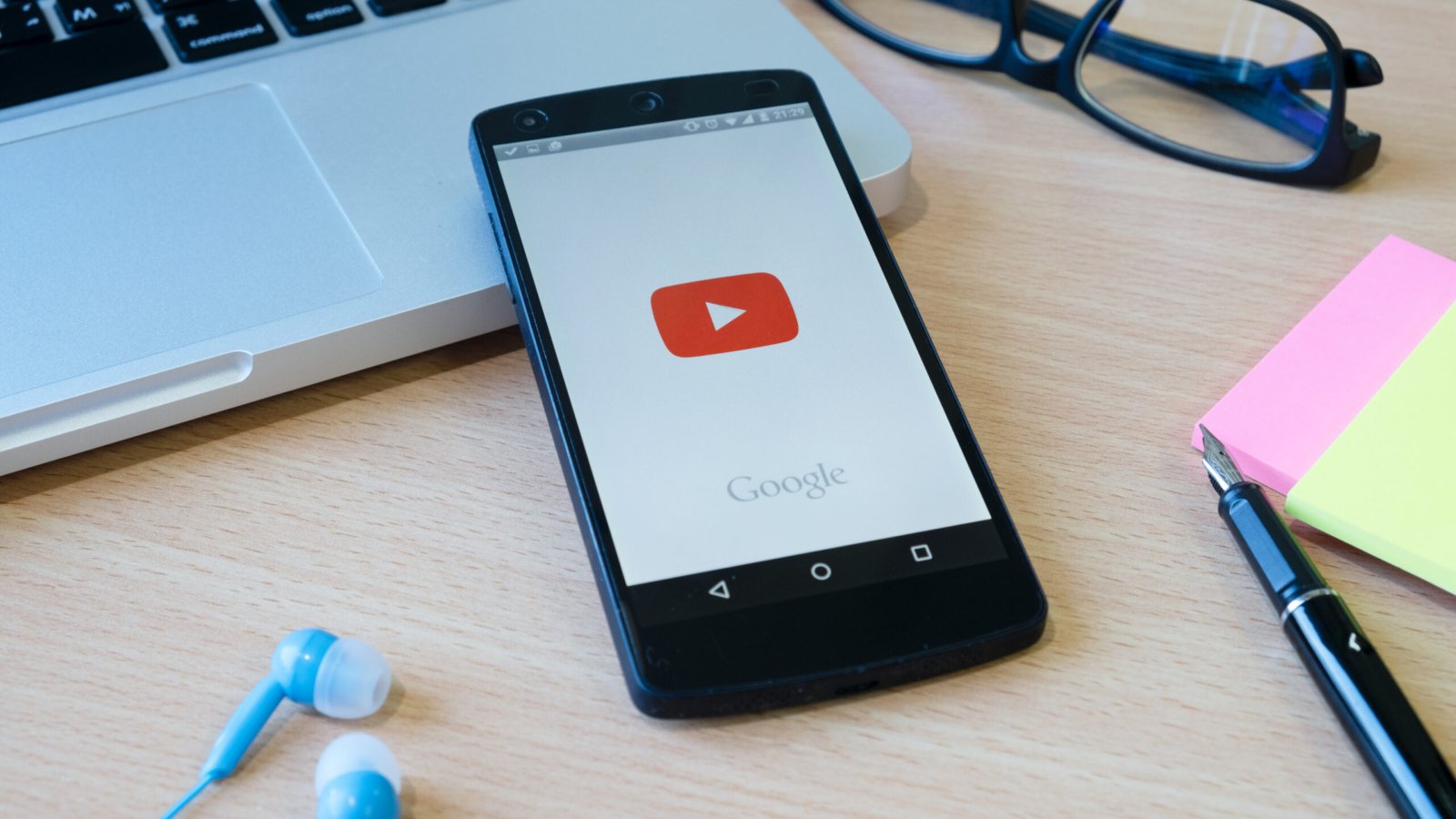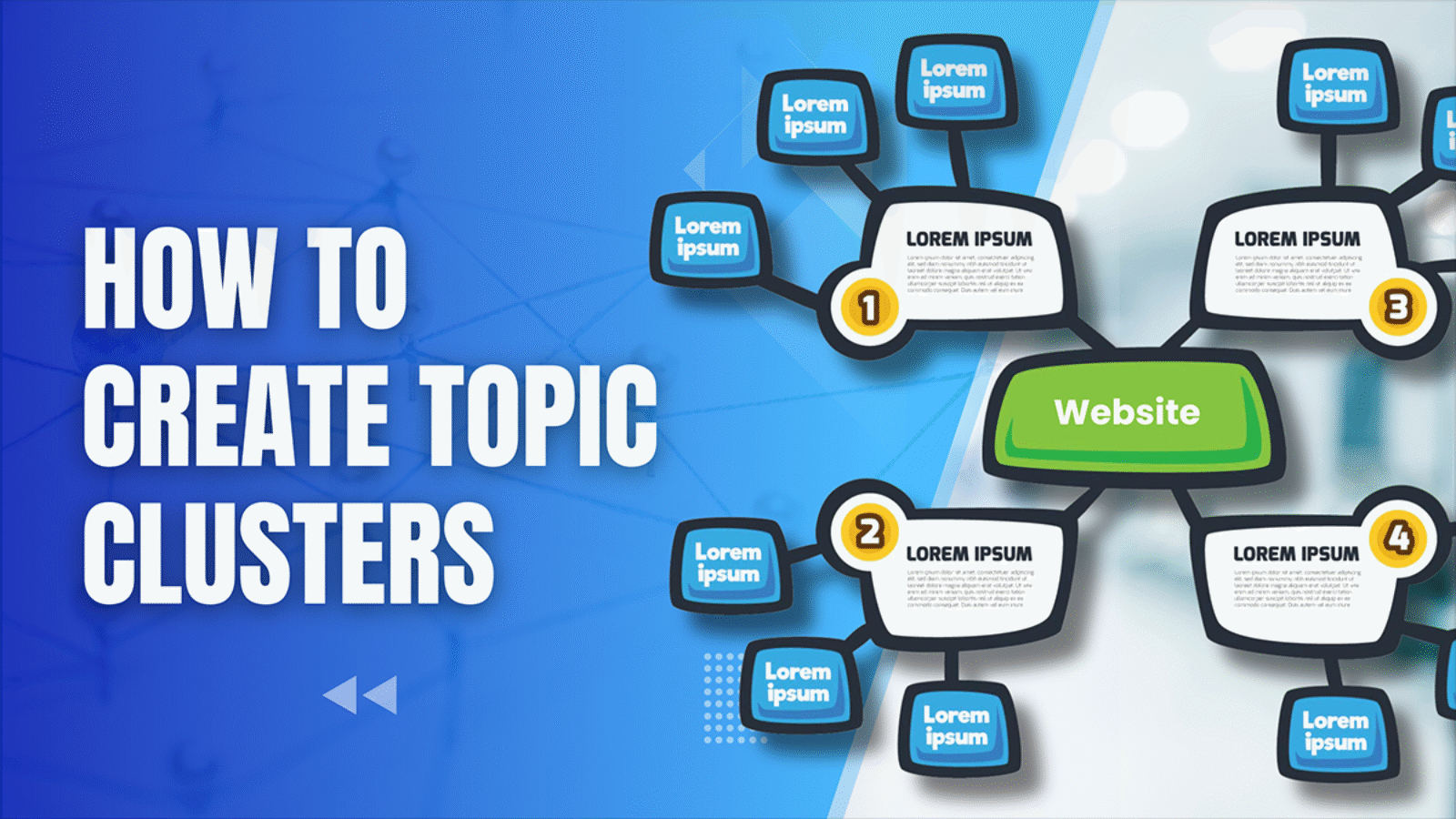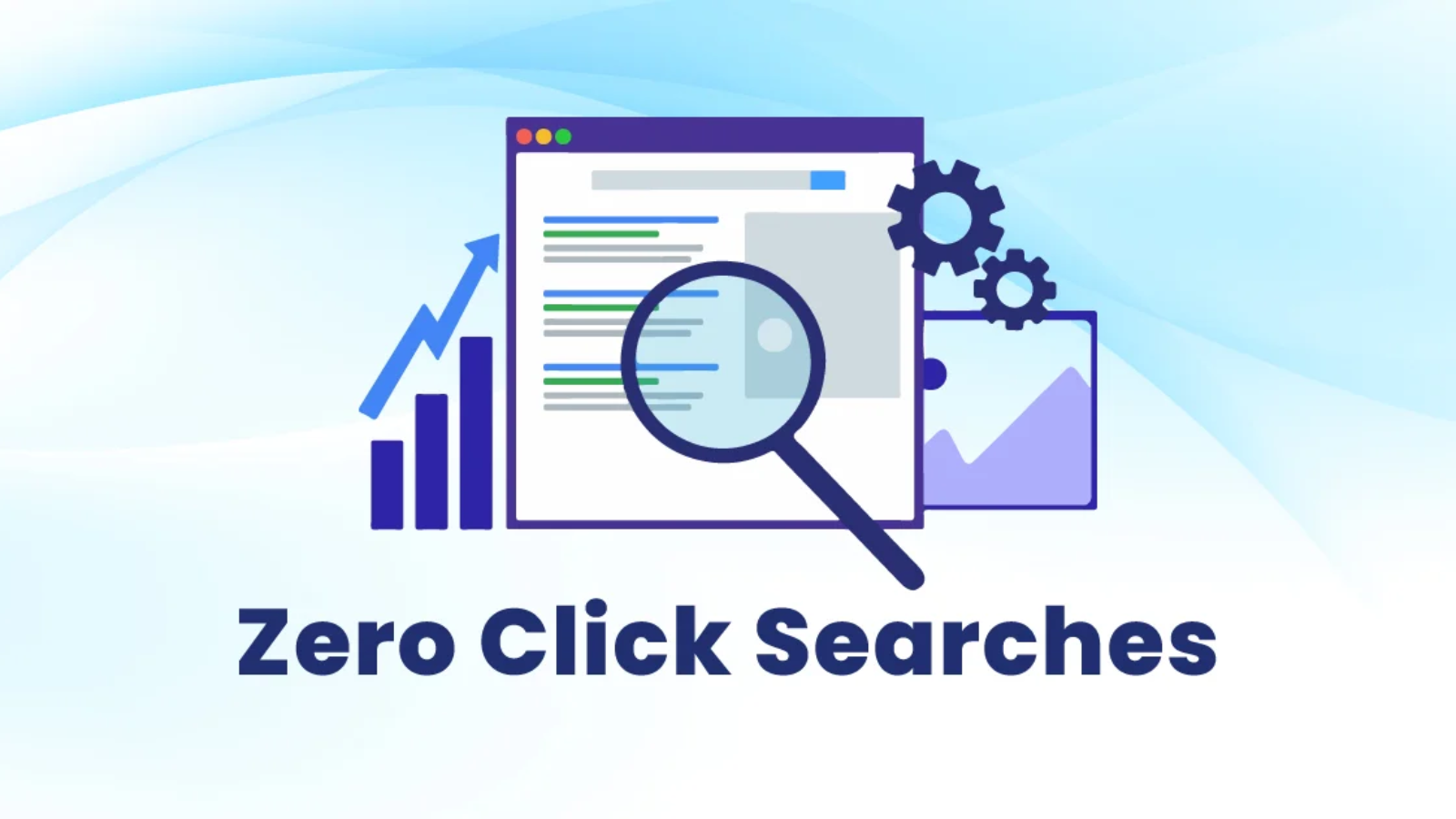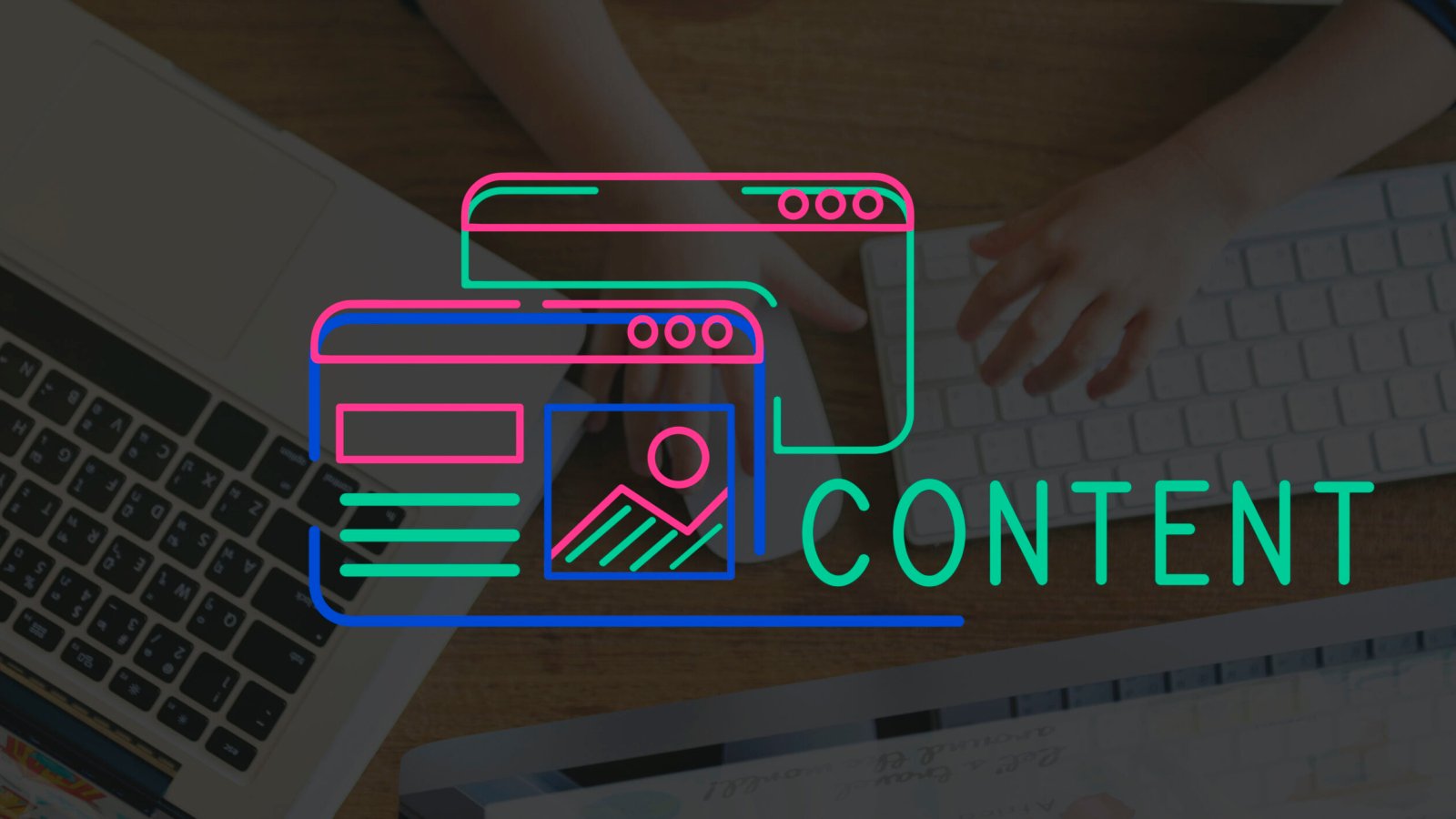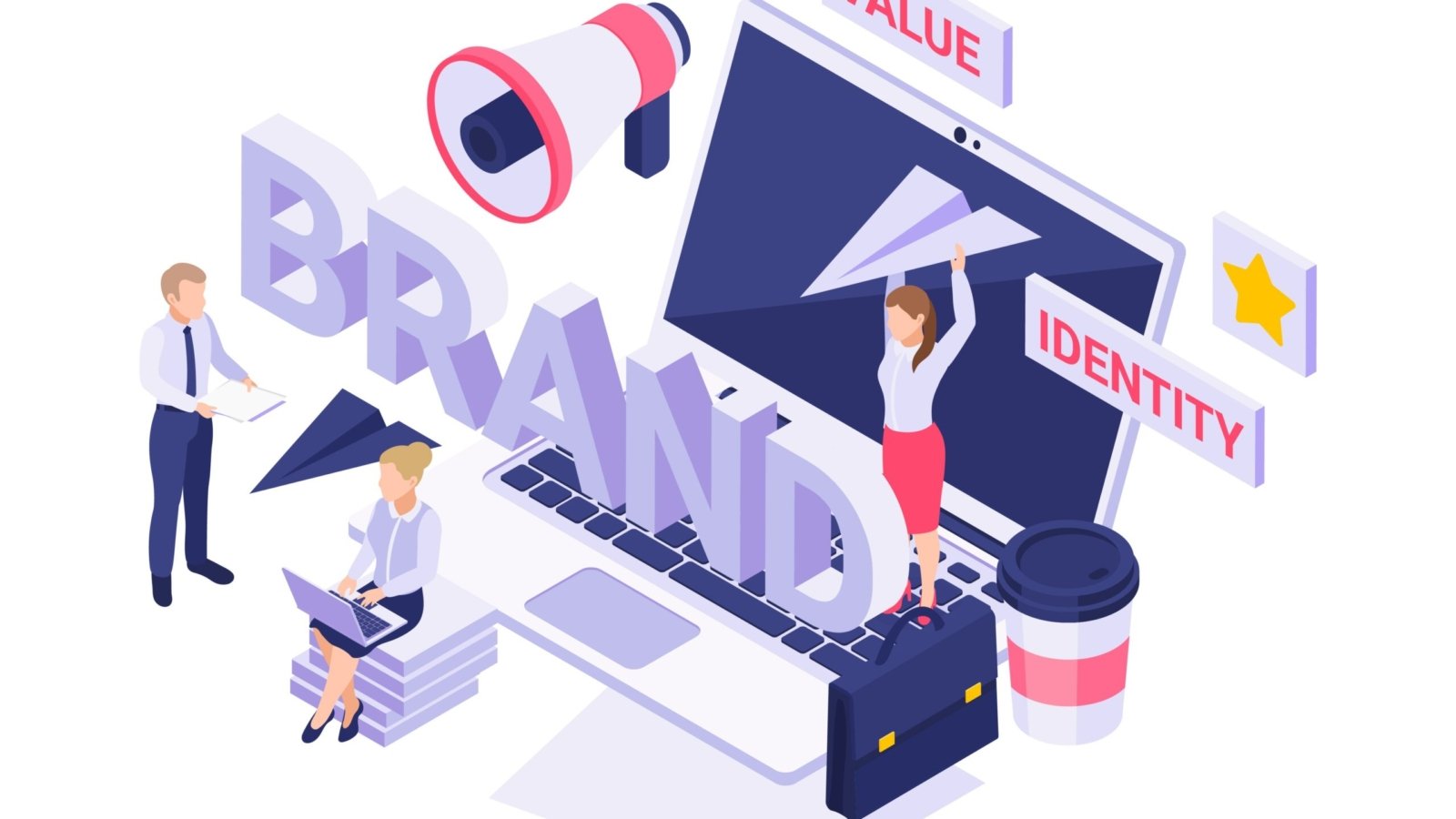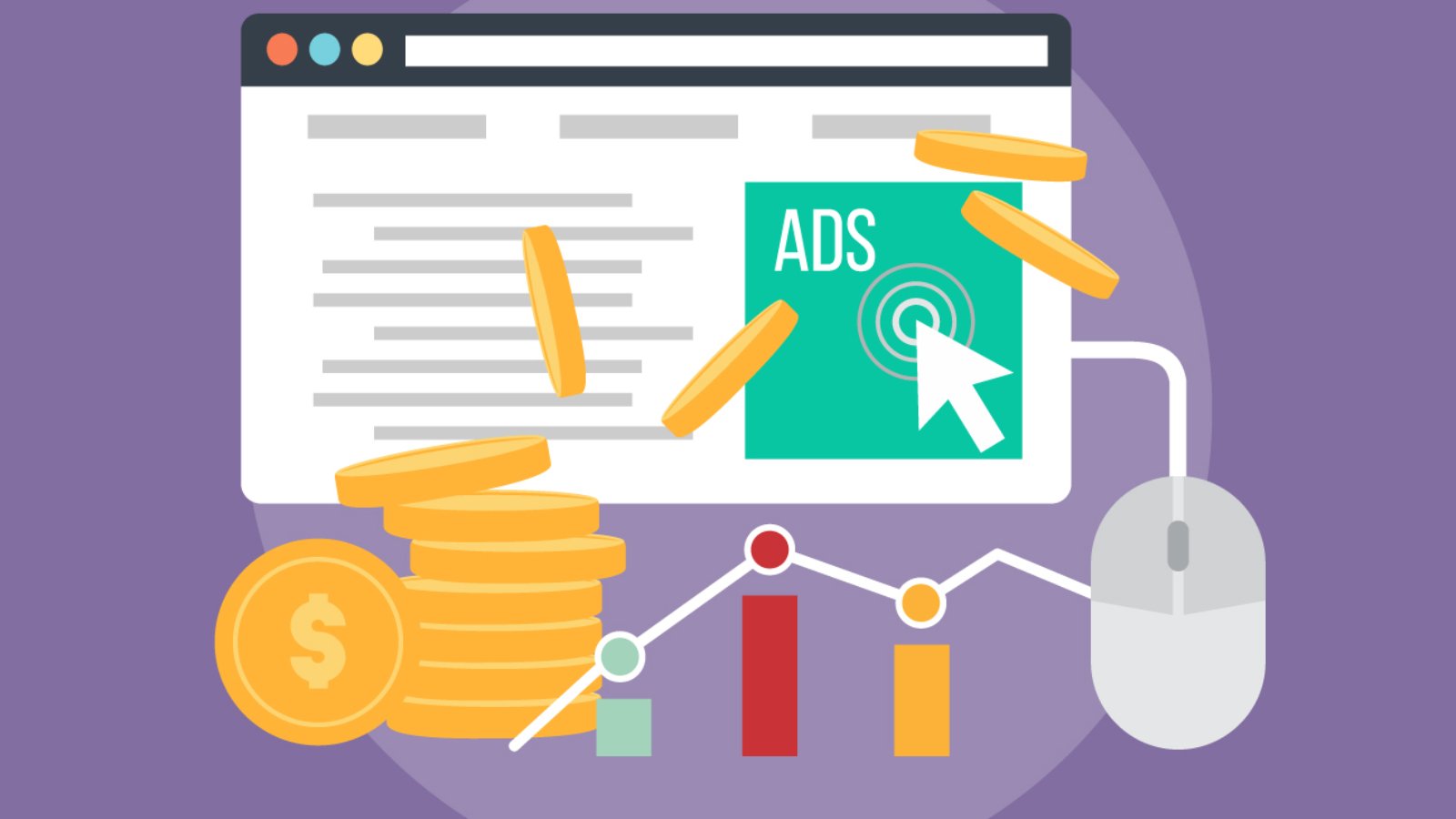Introduction
In the pursuit of a commanding presence across search results, businesses relentlessly vie for attention. Within the Pakistani local business scene, particularly in Rawalpindi and Islamabad, heightened competition adds more challenges. However, what puts things on another track is an effective local SEO strategy by focusing location-specific keywords such as ‘SEO services in Rawalpindi,’ which allows these firms to tap into nearby customers and turn that growth into real numbers.
At Web Technologies Pakistan, the Best SEO agency in Rawalpindi Islamabad has helped several businesses gain visibility attract local leads and boost sales. This case study will discuss one of such experiences.
The Client – A Small Retail Business in Rawalpindi
The client was a medium-scale retail store dealing with home decor and furniture located in Rawalpindi. Though it had very good offline customers, online visibility was low. The website never ranked for local searches and missed many valuable leads who used the keywords ‘furniture stores in Rawalpindi’ or ‘home décor near me’ to find results.
It got in touch with Web Technologies Pakistan because it wanted to work with the Best SEO agency in Rawalpindi, Islamabad, and have tweaks shared for its online presence.
Challenges They Faced
Before local SEO was implemented, this business suffered:
- Low Online Visibility – The website was ranking anywhere beyond page 5 for related local keywords.
No Google Business Profile (GBP) Optimization – With incomplete details, very few reviews and old images. - No Local Keywords – They had written their content around generic terms and did not target any specific locations.
- Low Conversion Rates – The few users who visited the site rarely converted into customers.
The Local SEO Strategy – Step by Step
This is how we came up with an actionable local SEO strategy that would be aligned with its business objectives:
1. Google Business Profile Optimization
We managed to carry out a full optimization of their GBP listing by:
- Updating accurate Name, Address, and Phone Number (NAP).
- Adding quality professional pictures of their store and products.
- Writing business descriptions that are rich in keywords.
- Asking happy customers to leave good reviews.
Local Keyword Research and On-Page Optimization
We found high-value keywords such as “home décor Rawalpindi”, “furniture shops in Rawalpindi”, and “SEO services in Rawalpindi” for use. These were added to:
- Meta titles and descriptions.
- Website content and service pages.
We developed blogs around the core that are locally relevant, including “Top Furniture Trends in Rawalpindi” and “Why Rawalpindi Homes Prefer Modern Décor.” This content smelled traffic. It would help to position the brand as niche authorities.
Because the major share of local queries emanates from handheld devices, we fine-tuned the site for speedier loading and made it responsive to mobiles.
The Results – Growth Achieved Through Local SEO
Within six months, the results were remarkable:
- Website Traffic Increased by 220% – Most of it coming from Rawalpindi-based searches.
- Top Rankings for Local Keywords – The website ranked on the first page for terms like “furniture shop Rawalpindi” and “home décor Rawalpindi.”
- Increased Google Business Profile Interactions – Calls, direction requests, and clicks from GBP improved threefold.
- Increase in Sales – Online inquiries walked-in as customers. Monthly revenue rose by over 40%.
- The client testified that local SEO totally transformed the channel of how customers were attracted.
Key Takeaways From This Case Study
- This project underscored three key takeaways about the power of local SEO.
- Local keywords drive conversions – Ranking for ‘SEO services in Rawalpindi’ or ‘furniture in Rawalpindi’ delivers much higher conversion rates than generic terms.
- Google Business Profile is critical – Having an optimized GBP increases local visibility by a great deal.
Working with experts saves time, ensuring strategies are implemented correctly and efficiently when working with the Best SEO agency in Rawalpindi, Islamabad.
Web Technologies Pakistan delivers custom strategies with measurable results. Local keyword targeting, Google͏ Business Profile optimization, On-page and off-page SEO, content strategies for Rawalpindi and Islamabad markets͏ transparent reporting, and performance tracking. Retail shop, restaurant, healthcare clinic͏ or service provider results just the same with proven local SEO methods.
Local SEO Is the Future of Business Growth
This case study is a true testament to how impactful local SEO can be for any business around Rawalpindi, or perhaps anywhere else. Target such simple keywords as “SEO services in Rawalpindi,” and effectively optimize your online presence to take your small business to great heights.
Want to see your company growing as well?
Shake hands with Web Technologies Pakistan, the Best SEO agency in Rawalpindi Islamabad. With its expertise, it will make your business not only to rank but to get those right customers who are ready to buy.


